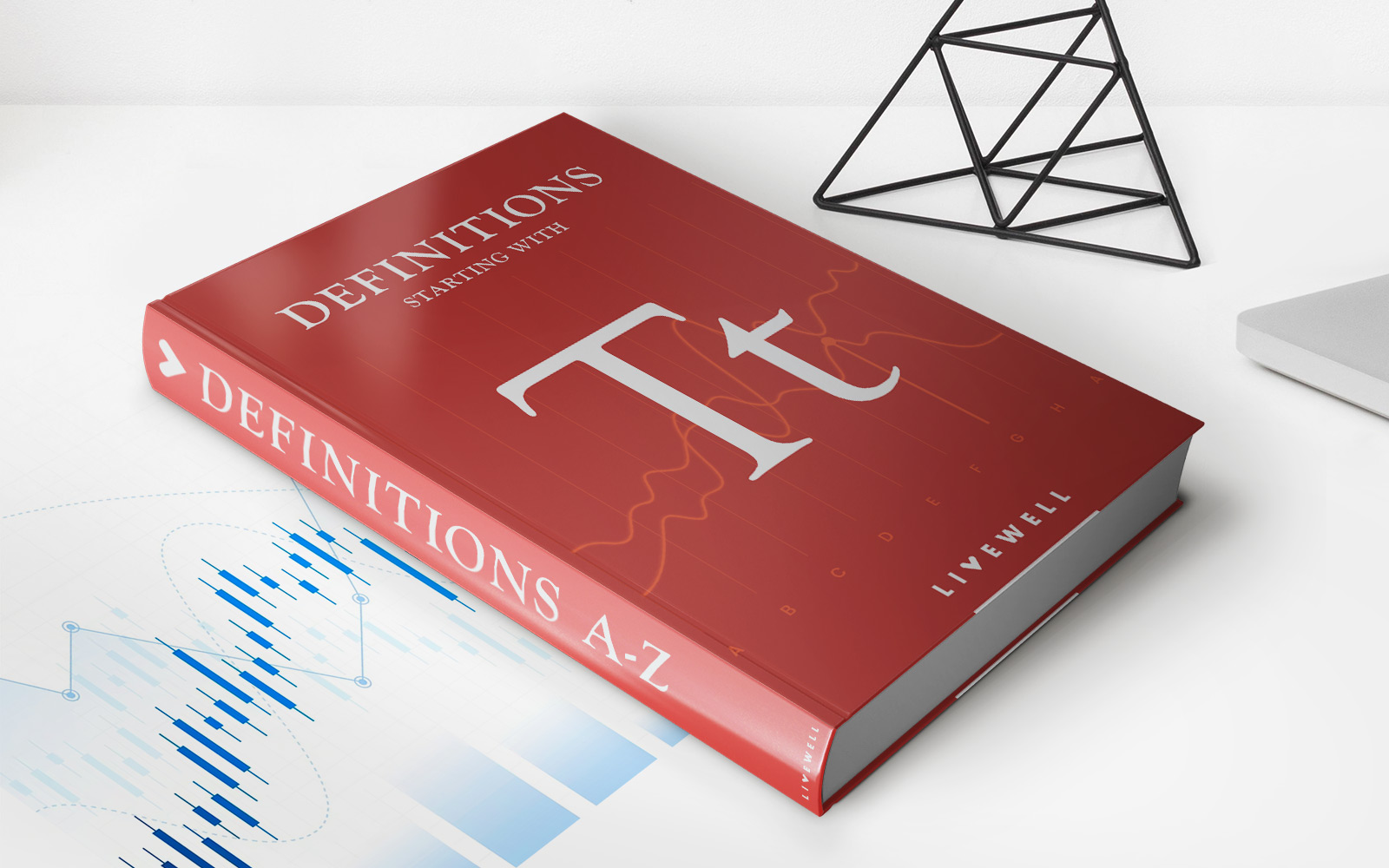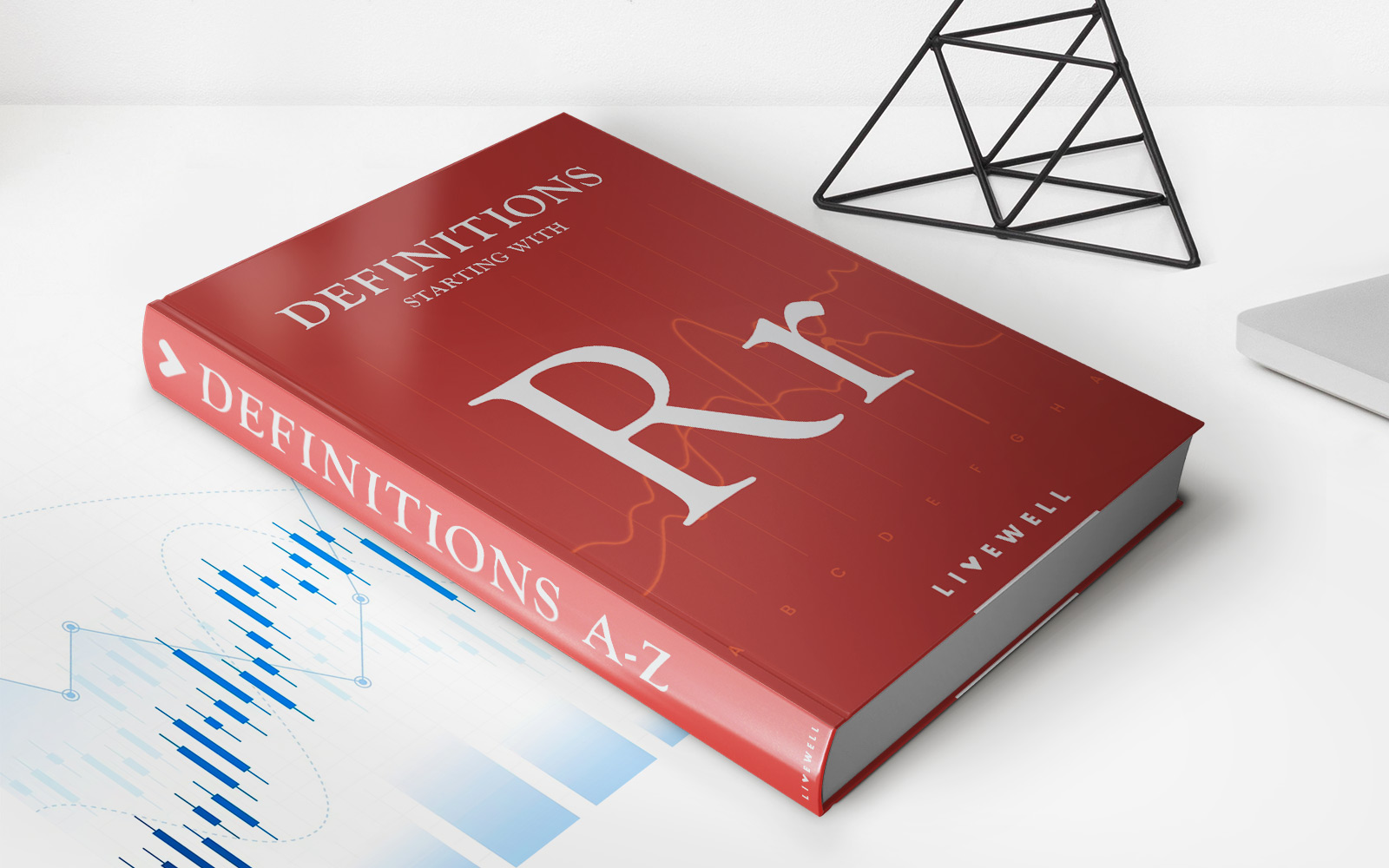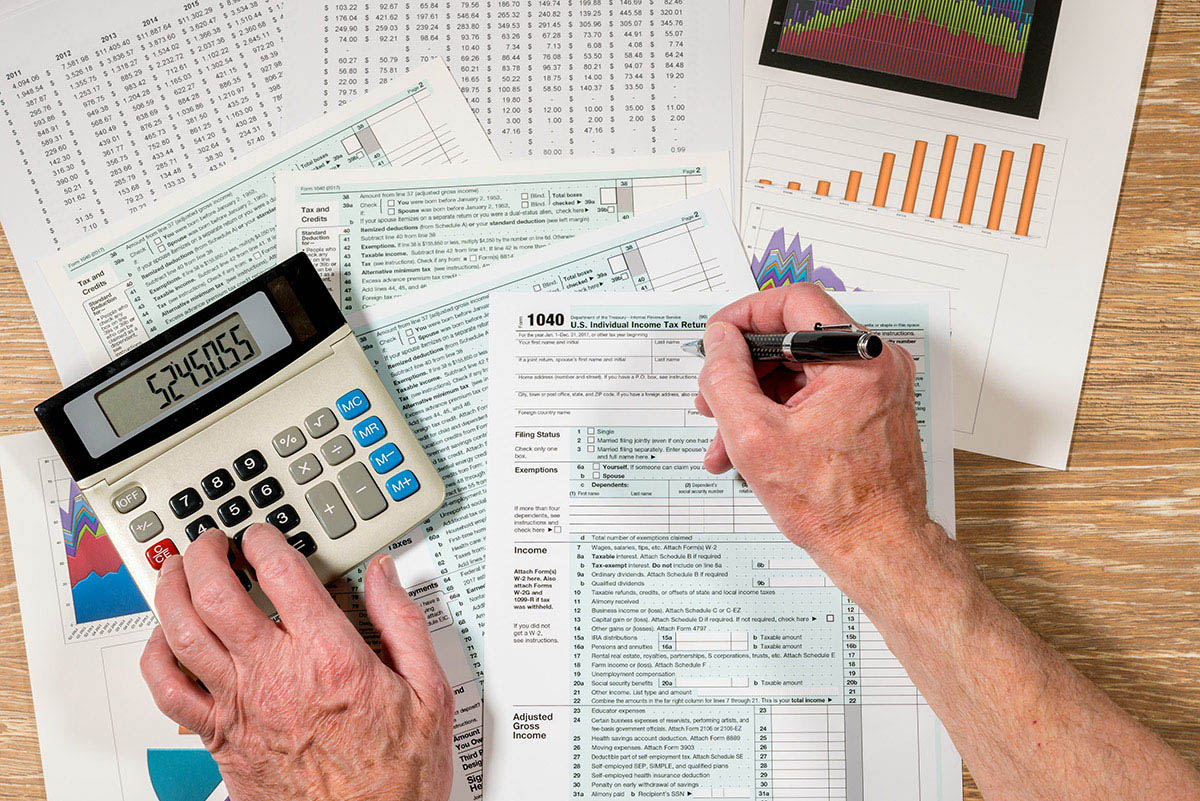Home>Finance>Double Exponential Moving Average (DEMA): Definition And Formula


Finance
Double Exponential Moving Average (DEMA): Definition And Formula
Published: November 14, 2023
Discover the power of Double Exponential Moving Average (DEMA) in finance. Learn its definition, formula, and how to use it for accurate financial analysis.
(Many of the links in this article redirect to a specific reviewed product. Your purchase of these products through affiliate links helps to generate commission for LiveWell, at no extra cost. Learn more)
Double Exponential Moving Average (DEMA): Definition and Formula
Welcome to our finance blog, where we aim to provide valuable information and insights on various financial topics. In today’s post, we will dive into the world of technical analysis and explore the concept of Double Exponential Moving Average (DEMA). So, if you’re interested in understanding how DEMA can help you make informed financial decisions, keep on reading!
Key Takeaways:
- DEMA is a type of moving average that provides a smoother and more efficient representation of price movements.
- It is calculated using a formula that considers both the single and double exponential moving averages.
Now, let’s delve deeper into the definition and formula of Double Exponential Moving Average (DEMA):
As traders and investors, we often rely on moving averages to analyze price trends and identify potential entry and exit points in the market. However, traditional moving averages may sometimes produce lagging signals due to their inherent nature. This is where DEMA comes into play!
DEMA is designed to reduce lag and provide a more accurate representation of price movements. It accomplishes this by incorporating both a single exponential moving average (EMA) and a double exponential moving average (DEMA) into its calculation. The end result is a moving average that reacts faster to price changes while maintaining a smoothness that eliminates noise.
So, how is DEMA calculated? The formula for DEMA involves three main steps:
- Calculate the single exponential moving average (EMA) using a specified period.
- Calculate the double exponential moving average (DEMA) by applying the EMA formula to the previously calculated EMA value.
- Finally, calculate the DEMA by applying the formula: 2 * EMA – DEMA.
Once you have your DEMA value, you can use it in various technical analysis techniques, such as comparing it to the price chart to identify potential trends or confirming signals from other indicators.
Key Takeaways:
- DEMA is a type of moving average that provides a smoother and more efficient representation of price movements.
- It is calculated using a formula that considers both the single and double exponential moving averages.
In conclusion, Double Exponential Moving Average (DEMA) is a powerful indicator that can enhance your technical analysis capabilities. By incorporating both single and double exponential moving averages, DEMA provides a more accurate and timely representation of price trends. So, whether you’re a trader or an investor, consider adding DEMA to your arsenal of technical analysis tools to help you make more informed financial decisions.
That wraps up our blog post for today! We hope you enjoyed learning about DEMA and its significance in the world of finance. If you have any questions or would like to share your experience with DEMA, feel free to leave a comment below. Stay tuned for more informative posts on various finance categories!














